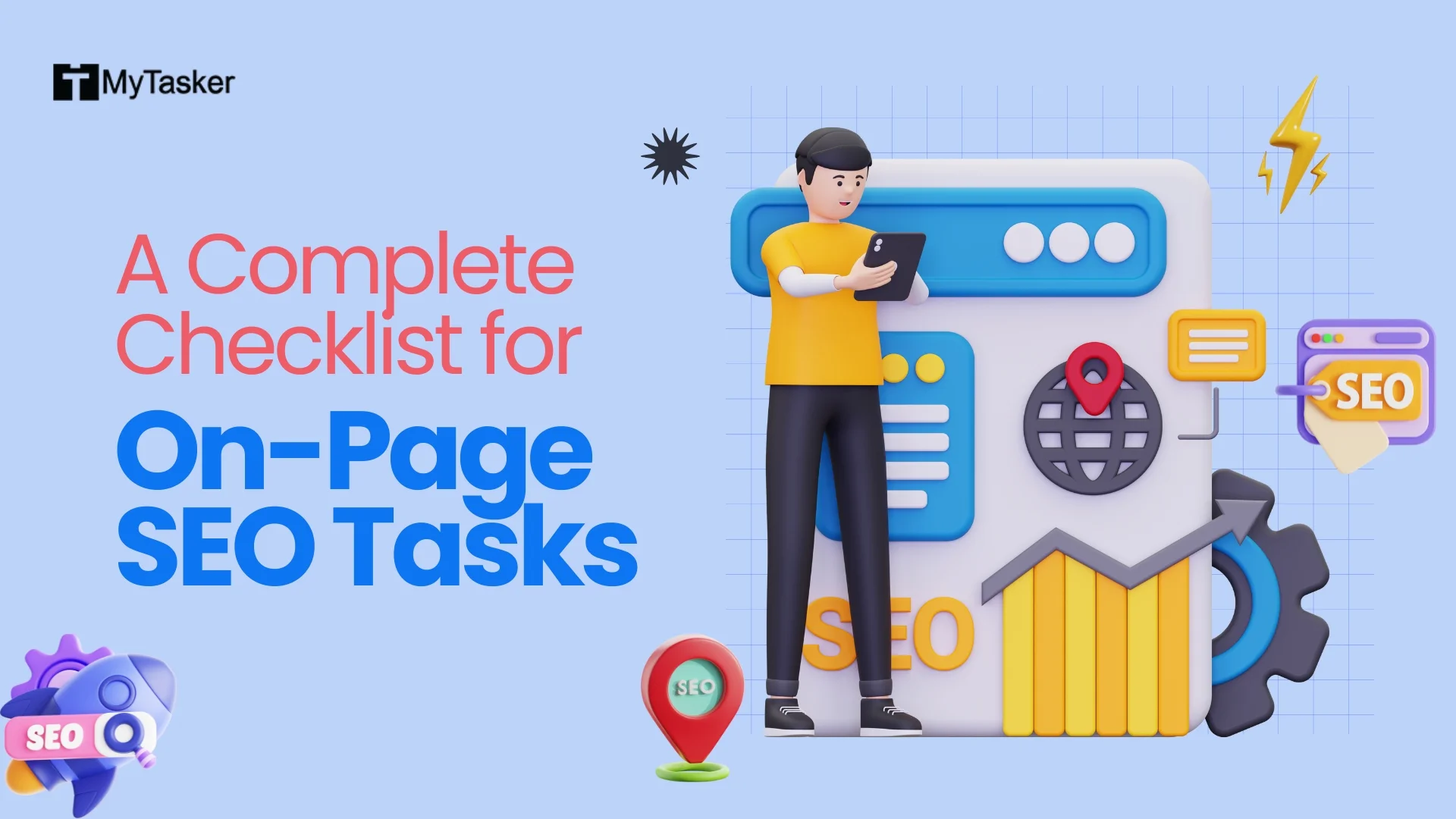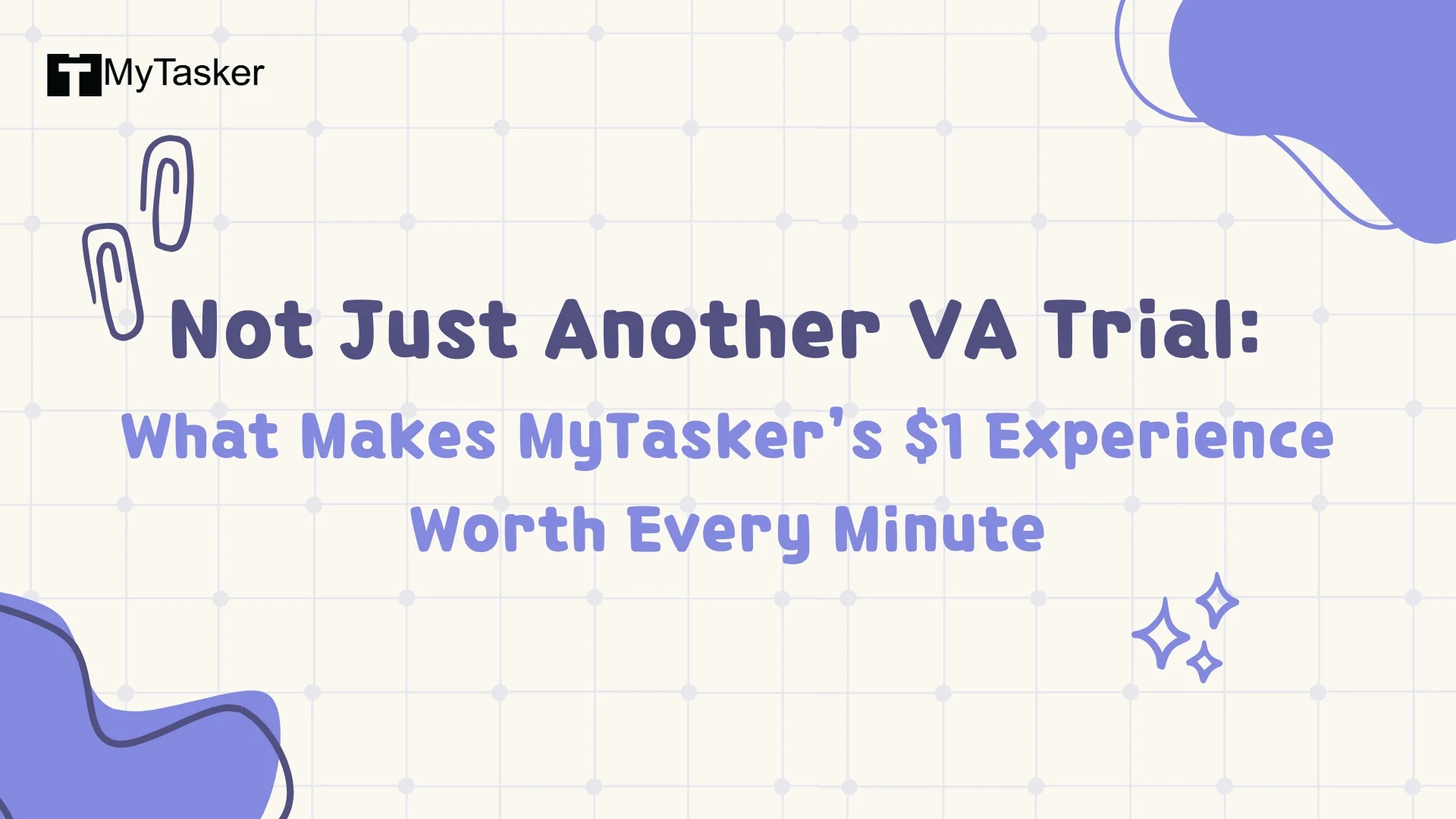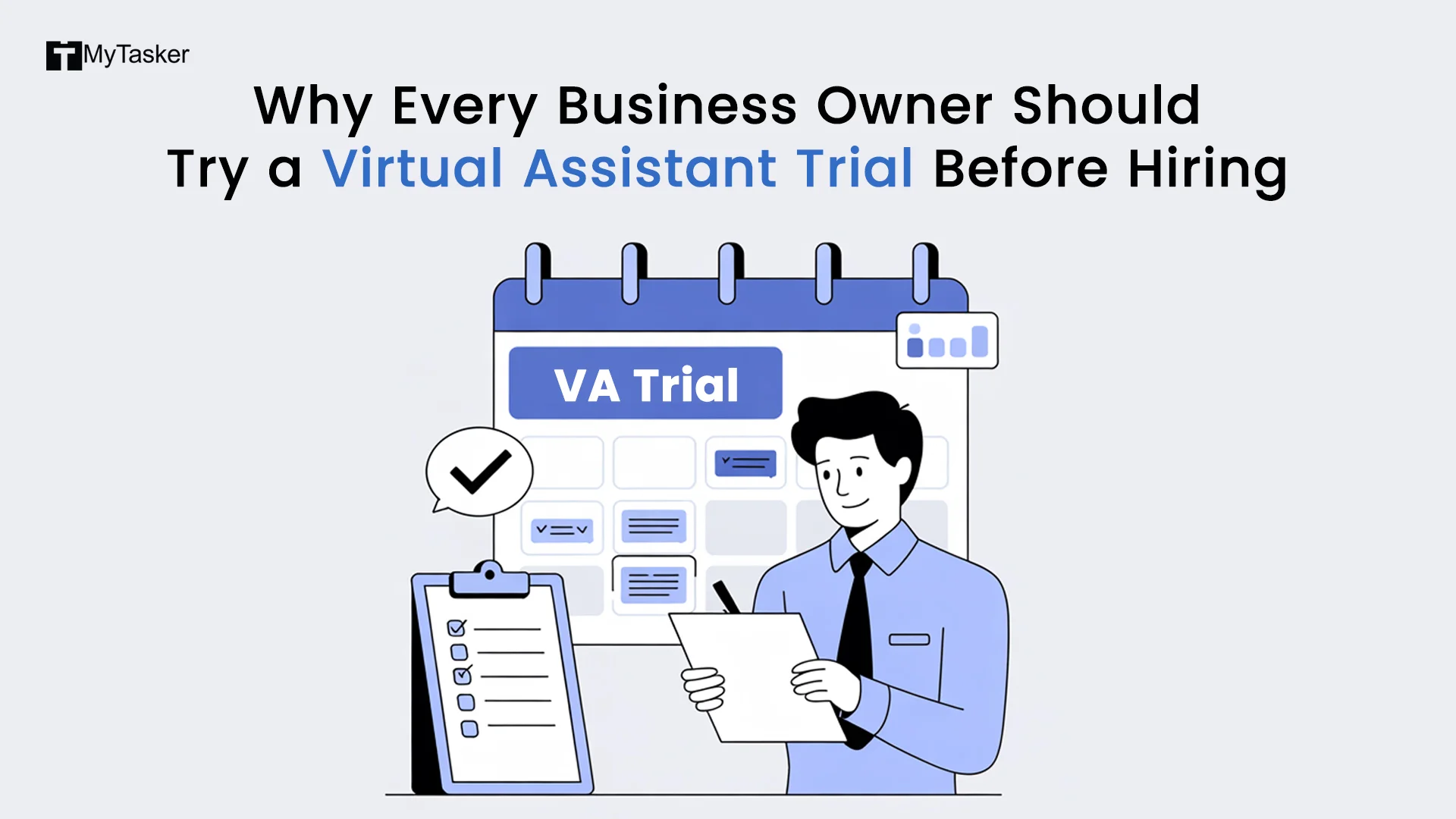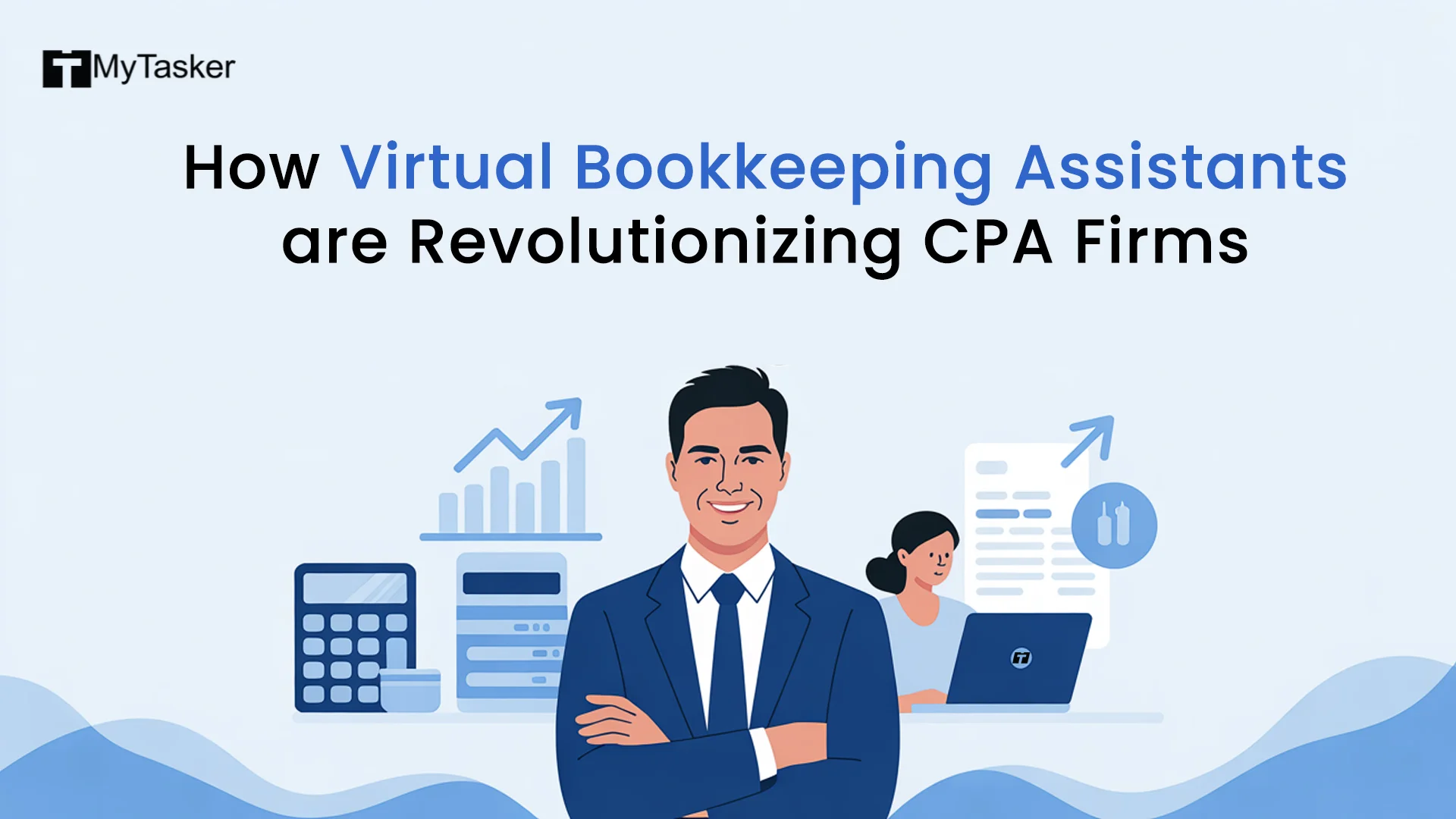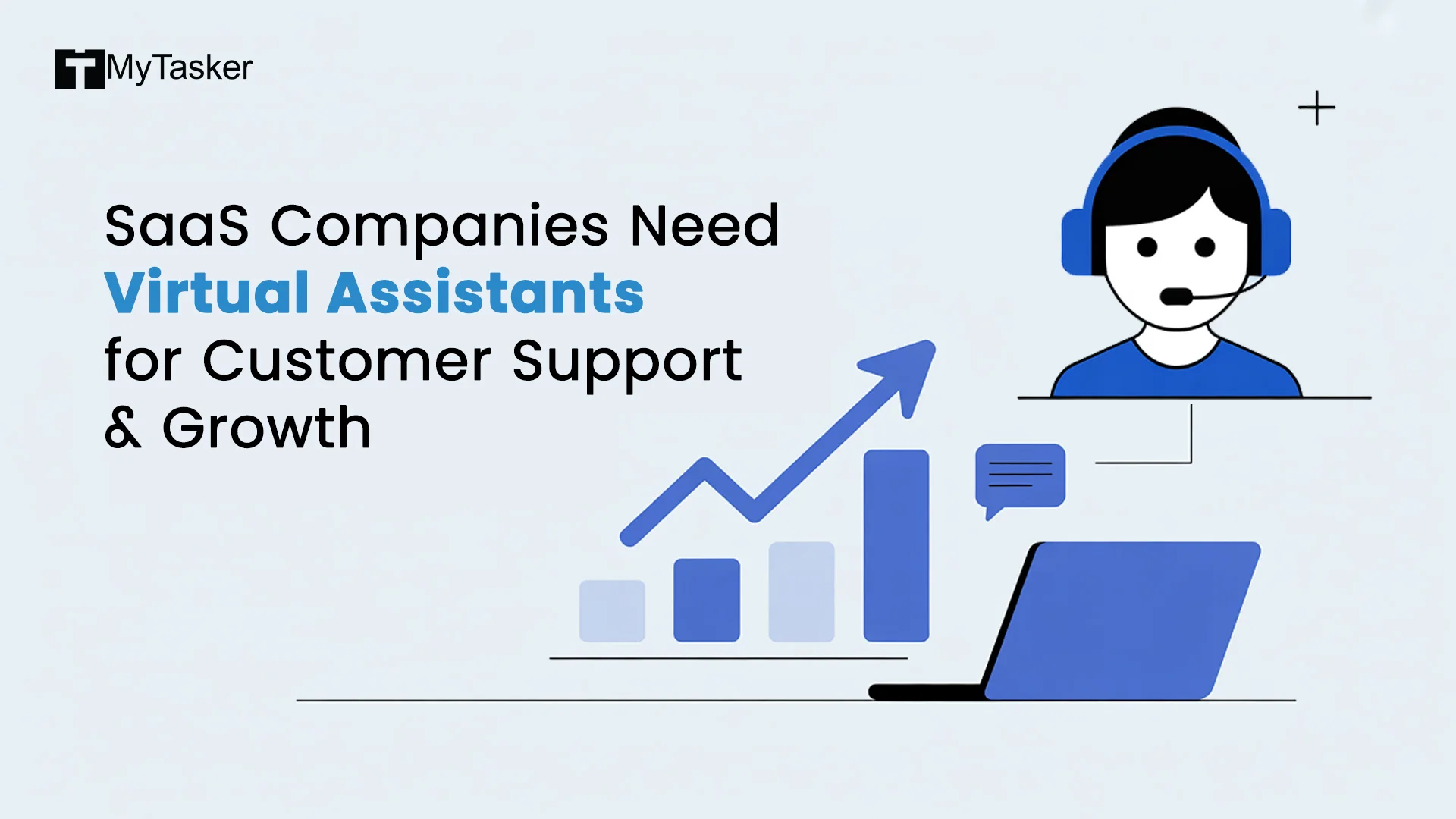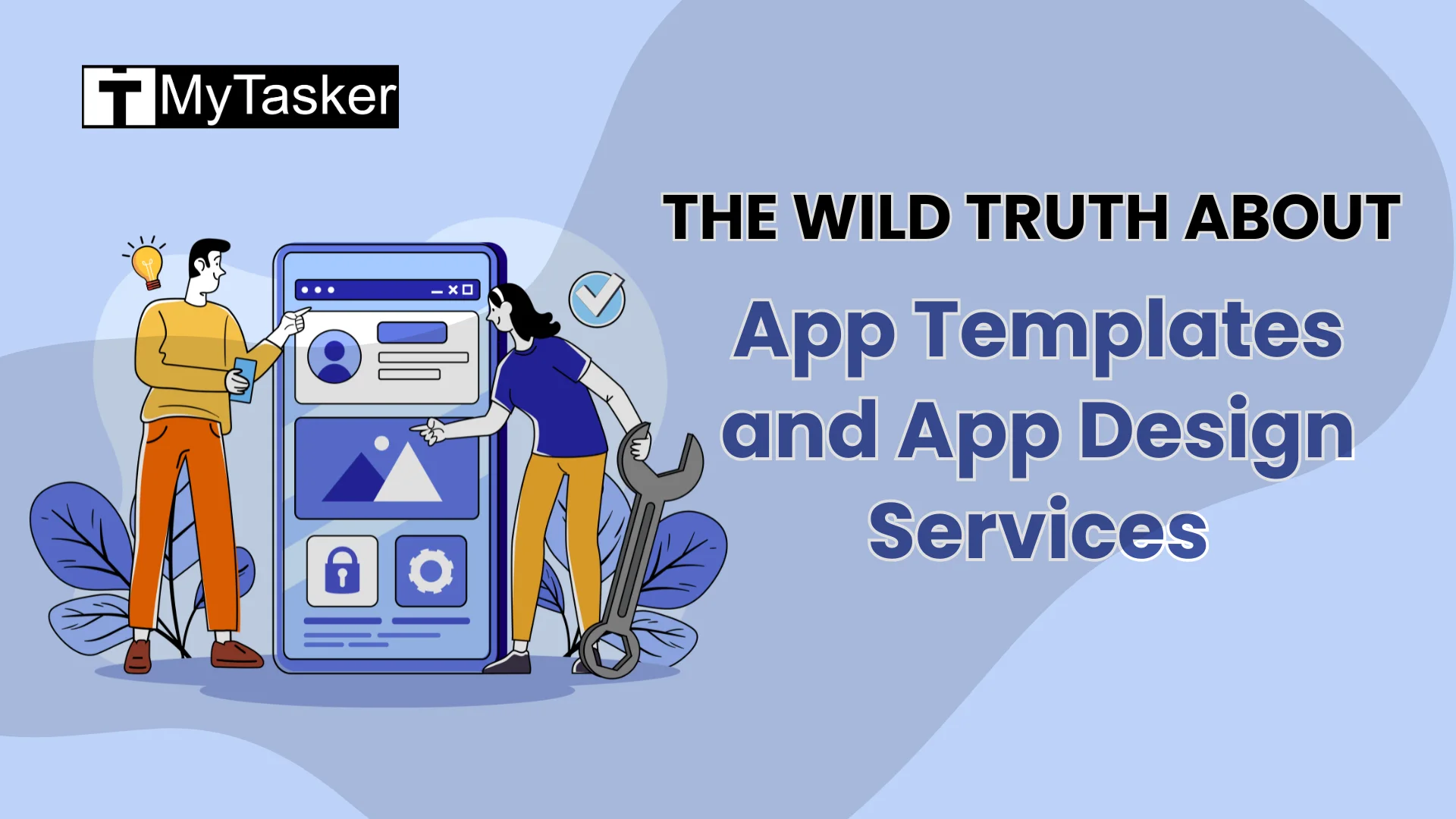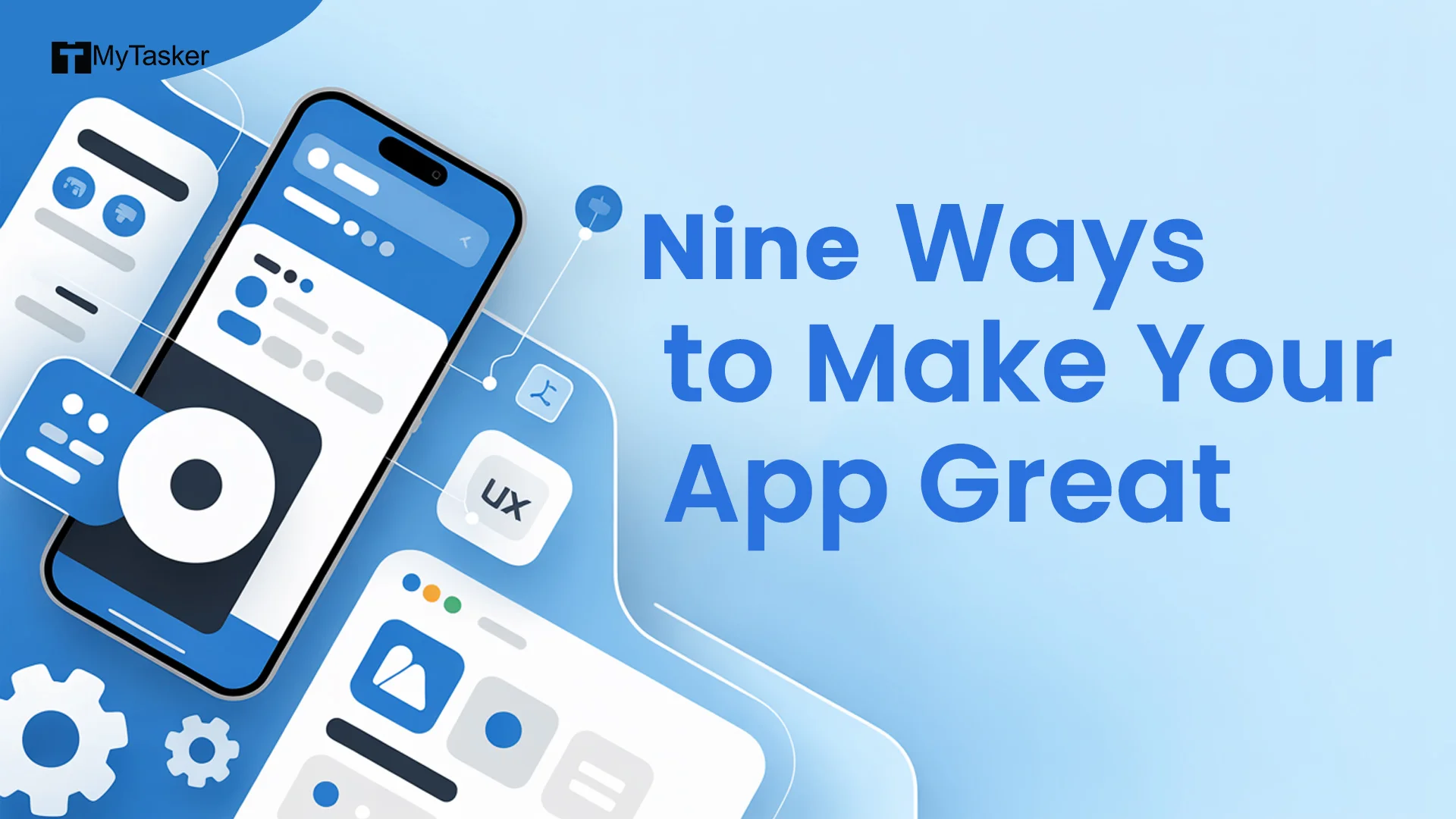On-Page SEO is one of the most crucial factors which play a vital role in bringing more visitors and traffic to your website.
You get to decide a lot of things when it comes to On-Page SEO elements. For instance, you decide on the keyword phrases and the target audience. Now, select a dedicated goal for a particular page and establish a topic for individual sections on your website.
It feels like a mammoth task when you do not have a clue to proceed. Therefore, we have curated a checklist for you so you can take calculated steps and reach your goals easily.
Let us first look into what really is On-page SEO then we will slowly move on to the complete on-page SEO Checklist:
What is On-page SEO Optimization?
On-page SEO Optimization is the technique that involves incorporating all the measures to ensure the website ranks higher on the search engine results pages. Modifying and improving elements such as title tags, metadata, content, URL, header tags, etc.
Let us look at the vital On-page SEO tasks:
Find Out Relevant Target Keywords
Target keywords are the typical search queries that users can add to look up the things they are interested in. When you add target keywords on your website pages, the SERPs will most likely produce your website as a result of a user’s search query. In the end, that is the whole purpose behind creating a website.
You will have to conduct keyword research to create a list of search terms and keywords that people use to find a service such as yours. There are many tools to help you with the process. You may use Semrush, Google’s keyword planner, and others to find effective keywords.
The keyword tools will help you collate the following information:
Intent: The user’s search intent represents the drive behind selecting a set of words in their search.
Volume: the average keyword search volume denoted by the average amount of monthly searches.
KD%: KD is short for Keyword Difficulty. It is a calculation to fathom the difficulty level one may face while trying to rank any given keyword in the list of top 10 organic searches.
You may choose a keyword that has a lot of search interest. However, it is difficult for a keyword to rank when the KD percentage is inclined on the higher side.
If your targeted keywords generate more informational blog post results, it indicates that users only want information and not buy products. For example, if you sell medical equipment like “Stethoscope” and include this keyword, you will notice most first page results are informational posts based on Google surveys. This is your clue to change the keyword and target another if you intend to sell.
The key to optimizing your content is understanding search intent and identifying the best keywords to suit your goals.
Perform a Title Tag Optimization
You must have seen the title tag yourself on SERPs. It appears as the title which is usually clickable. The title tags inform Google about what your page contains. A title tag entices users to click and open a page.
This is what a title tag looks like on SERP:
The title tag is the first thing users see when they discover you. Aim to include primary relevant keywords within this title tag so that Google crawlers can recognize and rank it.
If you think it fits, you can also add the secondary keyword. However, you have to ensure that you are not overstuffing. This can look spammy to Google crawlers and Internet users.
You should write a title tag within 50 to 60 characters (inclusive of spaces).
It is because Google shortens title tags that are too long.
Generate your Headlines in H1 Tags Only
Make it a general rule to include at least one H1 tag that is the on-page title. This is the basic rule, the simple and most important rule in the on-page SEO strategy.
The H1 is different from the title tag because the H1 tag does not reflect on the SERP. It appears on the top of your page.
The H1 tag and title tag should have similarities.
The main purpose of both elements is to educate the users and Google crawlers about the page content.
Unlike the title tag, the H1 tag has no character limit. Focus on creating an H1 that is appropriate for your page and motivates visitors to stay longer. Also, lastly, remember to include the primary keyword in this section. You may take help from SEO and content writing services for generating relevant H1 tags.
Optimize Your Meta Descriptions For Boosting Clicks
The meta description is a short gist of what a user should expect on a page. This is placed right below the meta title on the SERP.
The meta description is not an on-page SEO ranking factor that drives the rank higher or lower. It is a significant aspect of the on-page SEO checklist 2023. It is important because a user looks at the description to understand if they will find the information they are looking for considering they choose to open the page. Thus, a meta description plays a pivotal role in enticing more clicks.
Similar to the meta title, ensure that your meta description also comprises a strong primary keyword.
Google often highlights the search query within the meta descriptions to make it easier for users to spot.
If your meta title and description are not optimized, Google is designed to create its metadata as per its sensibility. To avoid this, writing and optimizing your metadata is a good step.
It is best to stick to a maximum of 120 characters (including spaces) to write your meta descriptions. This will prevent Google’s truncated version from surfacing on mobile and desktop search engine results pages.
You can use any On page SEO checker to check whether your content is keyword optimized or stuffed. Using an appropriate tool, you can identify if Google is altering any of your meta descriptions on SERPs.
Test URL Slug to Make it SEO Friendly URL
URL slug is a section of the URL that is hyphenated and descriptive. It is unique to every page. A URL slug looks like this -
“top-email-marketing-copy-writing-tips”
A URL slug should be only three things:
- Concise
- Clear
- Descriptive
Let us take a look at a few tips to check url slug actively:
- Use only primary keywords in the URL slug
- Each word should be separated by a hyphen (-)
- Don’t add years in the URL slug as it is susceptible to change (For example - Latest SEO trends 2023)
- In case you modify your URL slug, you should ensure that you redirect it to the older version.
Place Target Keywords in the Body of Content
Google crawlers decide if the keywords are relevant for a particular page. If relevant or target keywords are absent on a page, Google thinks that your page does not contain relevant keyword-related information.
While you are performing an on-page search engine optimization, you must use primary keywords in the very first paragraph of your content. Additionally, you must sprinkle the relevant keywords strategically throughout the length of the content.
Again as we discussed above, keyword stuffing is a strict No. Keyword stuffing means you shove your keywords inappropriately so it begins to look unnatural.
Your goal behind writing any content is to attract humans and not search engine bots.
You can use different tools to analyze the top results for dedicated keywords and check out what they are doing differently to rank well. After checking a few, you can take inspiration and incorporate them into your website. For example, many websites have this text-to-speech feature. You can check out their target keywords and how they choose to introduce this within the content.
Check the Quality of Your Content
You should frame your content keeping in mind the user’s search purpose. Namely, if you add a well-defined short description of a product you are selling, it might feel satisfying to a buyer. But in case, a user wants information on something, you need to go all in and write all the crucial information in your content.
Whichever course you choose to pursue, high-quality and standard content is mandatory for it to rank high on SERPs. This also keeps your users coming back for more. Therefore, an on-page content review for SEO is essential. Website content writing services may help you to curate SEO-friendly content that ranks you high on SERPs.
A few indicators of content standards and best practices are given below:
Accuracy
Ensure that your content has no grammatical, syntactical, or spelling errors. Doubly check your facts and keep your content trendy.
Originality
Try not to duplicate a lot of content and place it across pages on your website. Keep your content 100 percent plagiarism free.
Length
Short crisp and concise content invites more attention as people are less likely to read a long article. However, when you are writing an informational article, content that offers all information in one place is mostly liked by all users.
Readability
If you are using a lot of passive voice and including more tough-to-read and difficult-to-understand sentences, your audience is inclined to abandon your page. Make your content simple and ensure that even a layman can read and enjoy your content.
Formatting
Section your content so that it is attractive to read. Include bullet points, tables, subheadings, and similar elements to engage your audiences more.
Voice and Tone
The tone varies as per the delivery of content. Whether you want to write like a friend or like a knowledgeable instructor, it's your choice. You can decide upon a tone depending on the target audience as well.
Add Header Tags on Subheadings
As per research conducted by Semrush in 2023, it was observed that around 29 percent of high-ranking website content sectioned their content using header tags 1, 2, 3, and 4.
One main reason to do it is that the content becomes easier to scan for the users. The ideal header tags enable Google crawlers to comprehend your page’s structure.
You can indeed add only one H1 tag which becomes the content title. However, you can run wild with H2 tags based on the content type and nature.
You can add secondary keywords to your subheadings.
Add Internal Links to Enhance the Navigation
These links are added within a piece of content to direct users to different pages on the same site. This helps Google bots and the audience to navigate and accumulate more crucial information about your website.
For instance, if you are selling a product, you can add links to your product pages on the blog post pages. Also, you will notice how we are adding links to descriptive text instead of a generic “Click Here” For example, you write “How To Optimize Website Crawling & Indexing” and not ‘to know How To Optimize Website Crawling & Indexing, Click Here.’ When you use a description as an anchor text, both users and Google crawlers get an idea of what the link is all about.
We have observed that if you are working on an informational piece for your website, you can choose to add credible external link sources so that your audience understands that you have done in-depth research and your website contains all the valuable information collected for all important resources. This will ensure them that your website is a one-stop destination for all that they need.
Include Enticing Visual Content
Put images or videos in your content whenever you get an opportunity. Photos, infographic posts, instruction videos, and illustrations are different types of visual content.
It is a common observation that articles that contain a reasonable number of relevant images usually attract more videos, backlinks, shares, etc.
Articles that have videos attached to them also show the same result.
This is the reason to employ images and other forms of visual content to separate your written piece of content whenever it fits.
We have curated a list of a few tips to consider for image addition:
- Apply Alt text which is a description of each image that you insert. This description reflects in the code of the page.
- Adjust your images or compress them using different online tools. This technique will help your images load faster on the website.
If you are adding videos to your content, make sure that you keep the following tips in your mind:
- Include all elements in your video that exactly match the search purpose. For instance, you can make detailed tutorial videos that complement your how-to articles.
- Employ YouTube to showcase your videos. It is one of the widely used search engines. You can embed the video’s link on your content page.
Incorporate Schema Markup
Schema markup is a data or coding vocab that informs Google about the presence of an assortment of website data. Make it easier for Google to understand the website and get better content ranking results.
Google backs a total of 32 schema types. These schemas include articles, how-to, FAQs, events, local brands, products, etc.
Schema markup is considered an advanced task in this checklist. However, Google makes things easier for you by offering a helper tool for structured data markup to facilitate the addition of schema to the page.
You need both on-page optimization and technical SEO for better Google ranking.
Now let us see how you can proceed with the technical SEO task list 2023.
Index Your Page and Crosscheck
Google indexing is the process through which a page reflects in the search results on SERPs. Google crawlers have to index your website so that it can rank on the SERPs.
Google is an excellent tool to check if your page is indexed.
Enhance Page Speed
Do you enjoy a website page if the pages are slow to load? No right? Just like you most people and Google do not prefer a page that loads slowly. Even the smallest of delays in loading can urge visitors to leave your site and go somewhere else.
The following aspects may impact your loading speeds:
- Huge quantities of on-page HTML
- Redirect chains
- A vast amount of CSS files or JavaScript
Google’s PageSpeed Insights tool will help you check the speed of each web page. All you have to do is enter the page’s URL. Once done, click on “Analyze”
Core Web Vitals is the key metric that places an impact on the user experience. Run this program for PCs and smartphones alike. If you pass this assessment, it means your website garners a good UX and improves your rankings on Google.
Largest Contentful Paint (LCP): The total time taken for the main content to appear on the page.
First Input Delay (FID): Time taken to address the user’s first website action.
Cumulative Layout Shift (CLS): It accounts for the movement in layout during the page load.
Ensure A Mobile-Responsive Page
As per research, greater than 60 percent of users try mobiles to search on Google. Therefore, Google prioritizes websites that have a mobile-friendly version. It is an important on-page SEO ranking factor that Google considers while determining page quality.
Try the test for mobile-friendliness on Google to check how mobile-friendly your content is.
There are just two steps involved in the process:
- Enter the page’s URL
- Try the Test the URL option
Post the test, if the result says you cannot use it on mobiles, follow up with why cannot it be applied.
Making your website mobile-friendly is a little time-consuming and elaborate process that is done over a while. There are always new changes you can implement. You will see the difference in results when you do.
Bottom Line
It is crucial to refine your content and add new elements. But what matters the most is to play by the rules that help you ascend the ladder of SERP rankings.
If you know how to utilize SEO techniques and tools your chances of landing on the top 10 results of SERPs increase.
Get a list of MyTasker services. We have a team of digital marketing virtual assistants who specialize in creating content and designing your website in a way that speaks directly to your audience. We know how to please your audience as well as Google crawlers.



